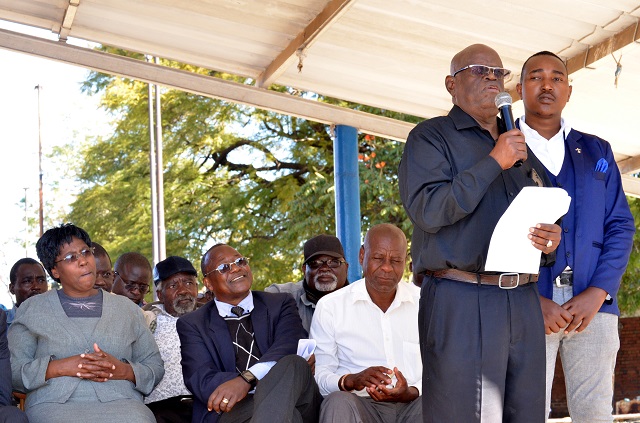Mining royalties go up 22.84pc

Business Reporter
REVENUE from mining royalties has, in the first half of 2017, gone up by 22.84 percent to $34.27 million against a target of $27.9 million, buoyed by rising gold and platinum output.
During the period Fidelity Printers and Refiners, the sole gold buyer in the country, spent $350 million buying the mineral as deliveries rose 3.3 percent to 10 tonnes from the comparable period a decade ago. Of the 10 tonnes, 54 percent were delivered in the second quarter of 2017 as output was dented by incessant heavy rains in the first quarter.
The Zimbabwe Revenue Authority revealed the rise in mining royalties in its revenue performance report for the first half ended June 30, 2017. It attributed the trend to firming of metal prices on the global market and increased production of platinum and gold.
“Collection under this revenue head were $34.27 million against a target of $27.90 million, hence surpassing the target by 22.84 percent. The performance of the revenue head can be attributed to the firming up of metal prices on the global market and an increase in production of platinum and gold during the period under review,” Zimra board chair, Mrs Willia Bonyongwe, reported.
The mining sector is one of the Zimbabwe’s economic mainstays contributing about 60 percent of the country’s exports.
The Government has over the years prioritised the need to increase mineral production particularly in sectors such as gold, platinum, diamond and chrome, among others.
In sectors such as gold, the Government has come up with schemes such as the $40 million Gold Development Initiative aimed at boosting the yellow metal’s production by small-scale miners across the country.
The fund, which was launched towards the end of last year, has so far benefited over 100 miners across the country.
Zimbabwe Miners’ Federation (ZMF) spokesperson, Mr Dosman Mangisi, said the improved revenue from mining royalties shows serious mineral production particularly in the gold sector.
“Small-scale gold miners are increasing production as a result of the onsite milling and also in the chrome sector issues of beneficiation where installation of wash plant have reduced downtime despite the decline in international price of chrome,” he said.
The large-scale mining sector is this year expected to spend over $108 million in capital expenditure up from an excess of $22 million in $2016.
The Chamber of Mines has indicated that the projected capital expenditure would be for various expansion projects by large–scale miners in different sectors such as gold, platinum, and diamond.
As a result, the mining sector since the liberalisation of the economy has continued to contribute significantly buoyed by gold, platinum and diamond.
The Government hopes to produce 28 tonnes of gold this year from 22 tonnes achieved in 2016. At its peak in 1999, Zimbabwe’s mining industry produced 27.1 tonnes.









Comments